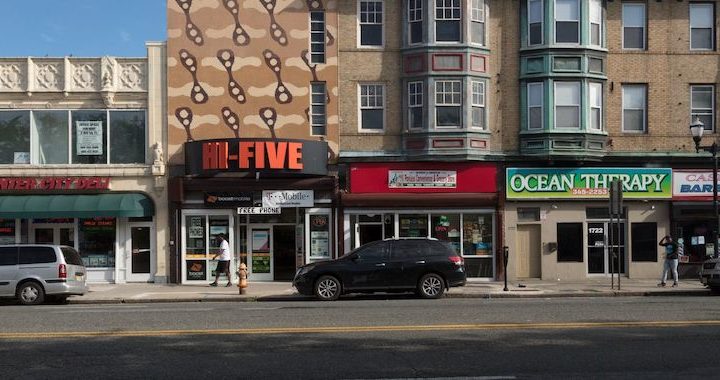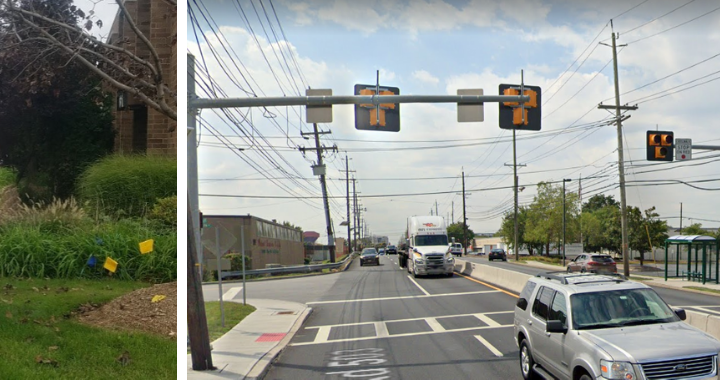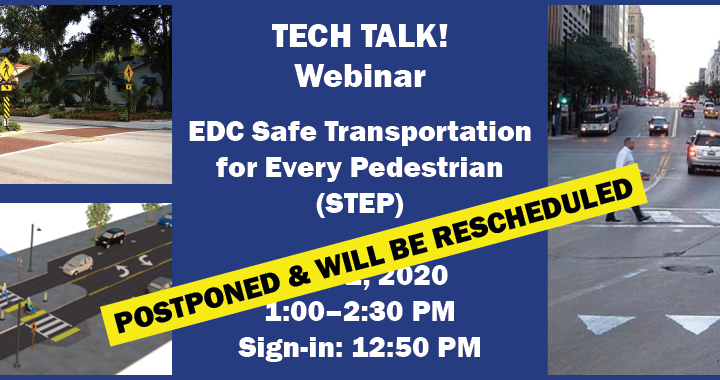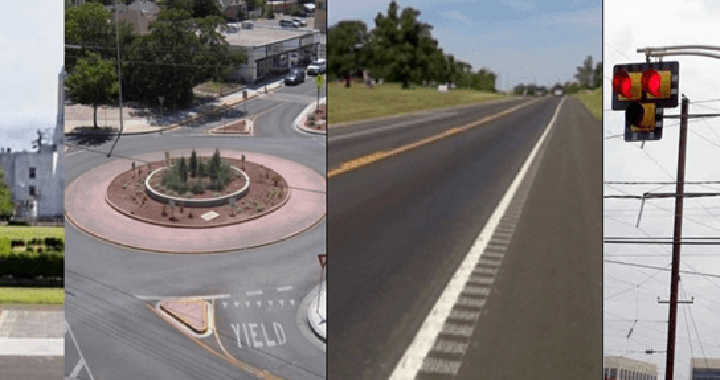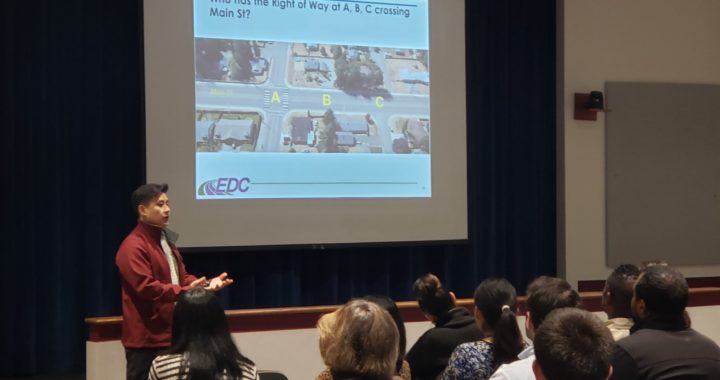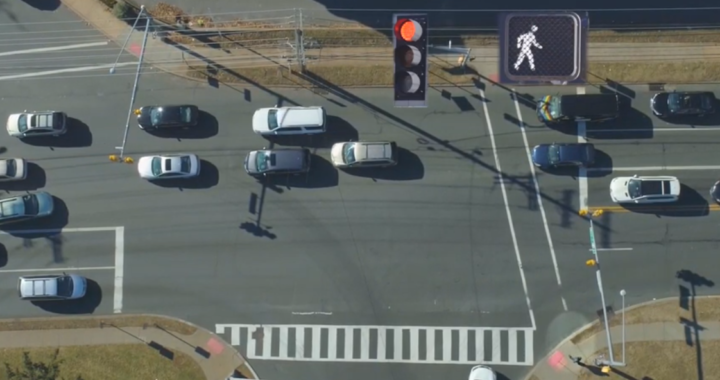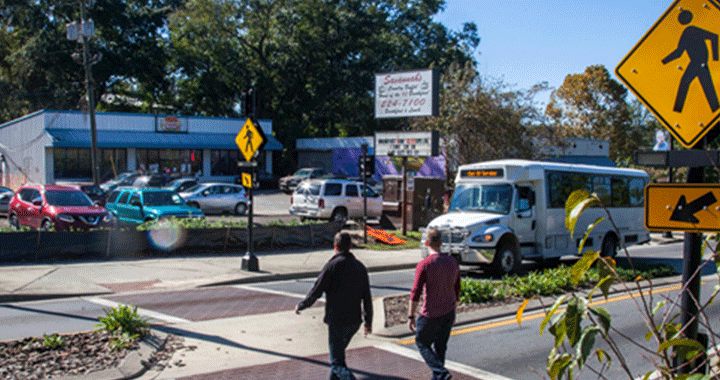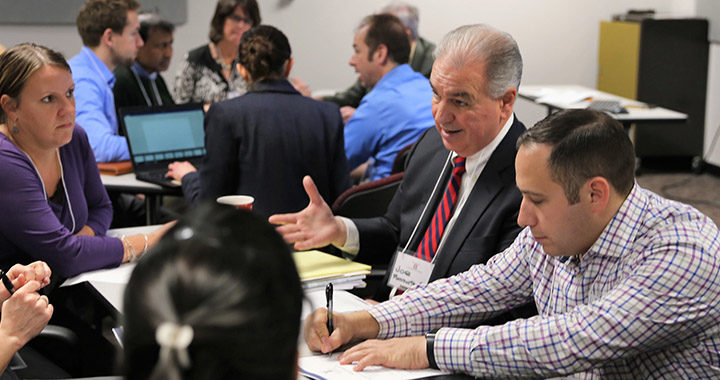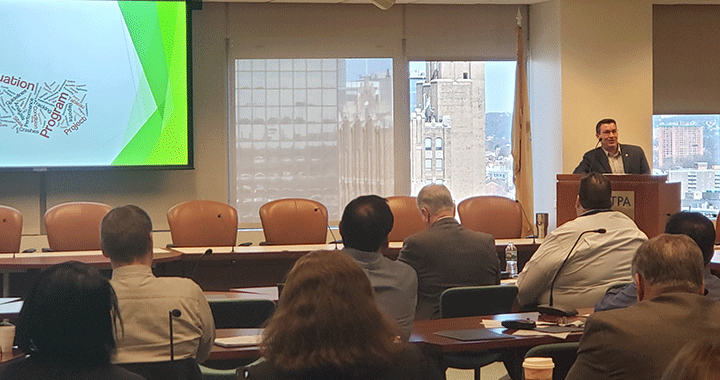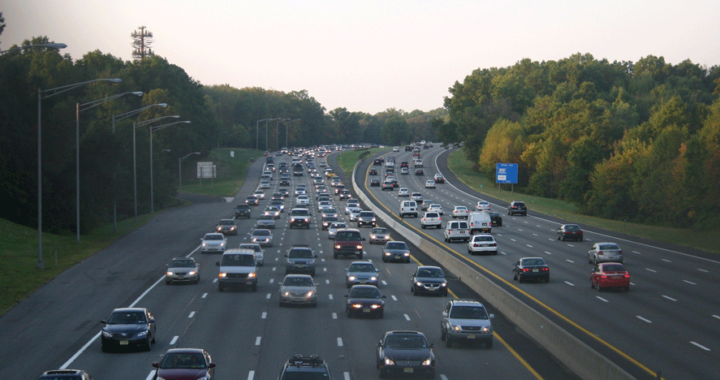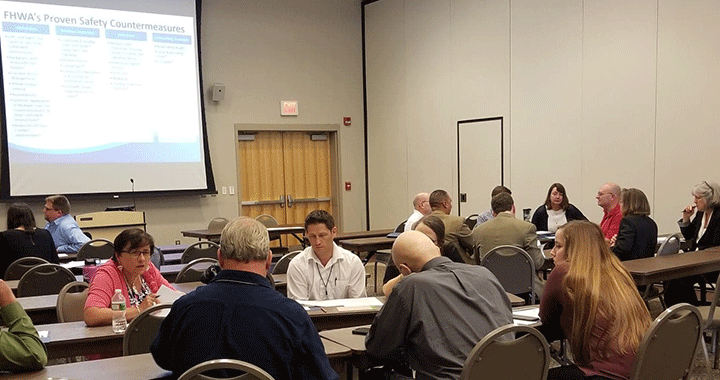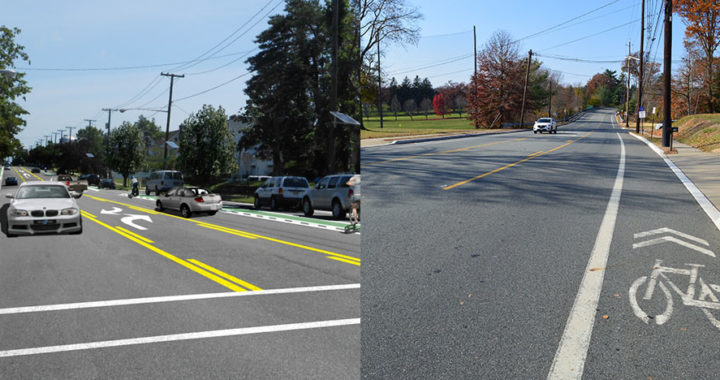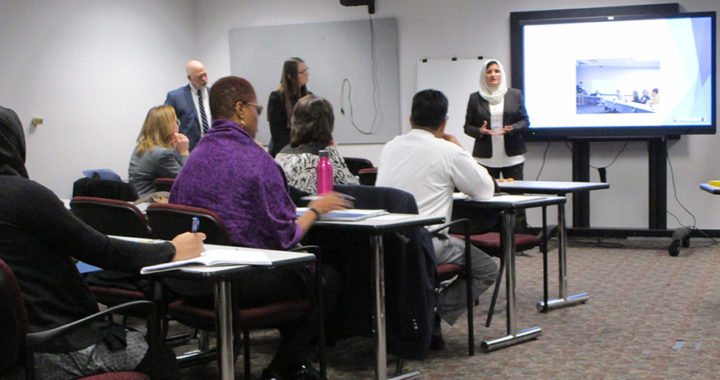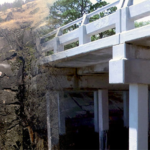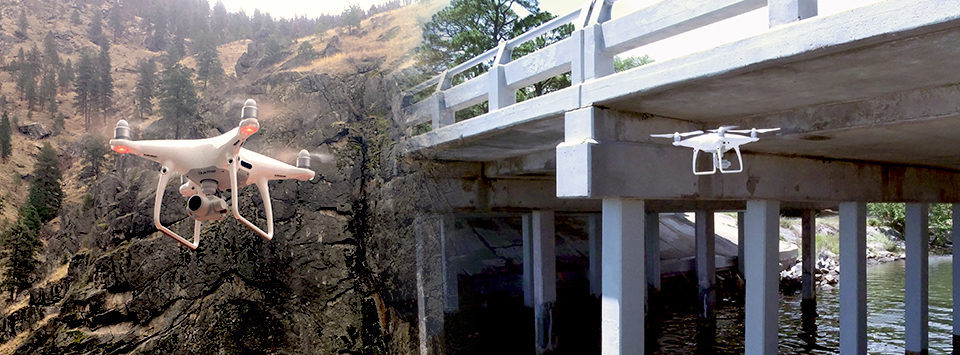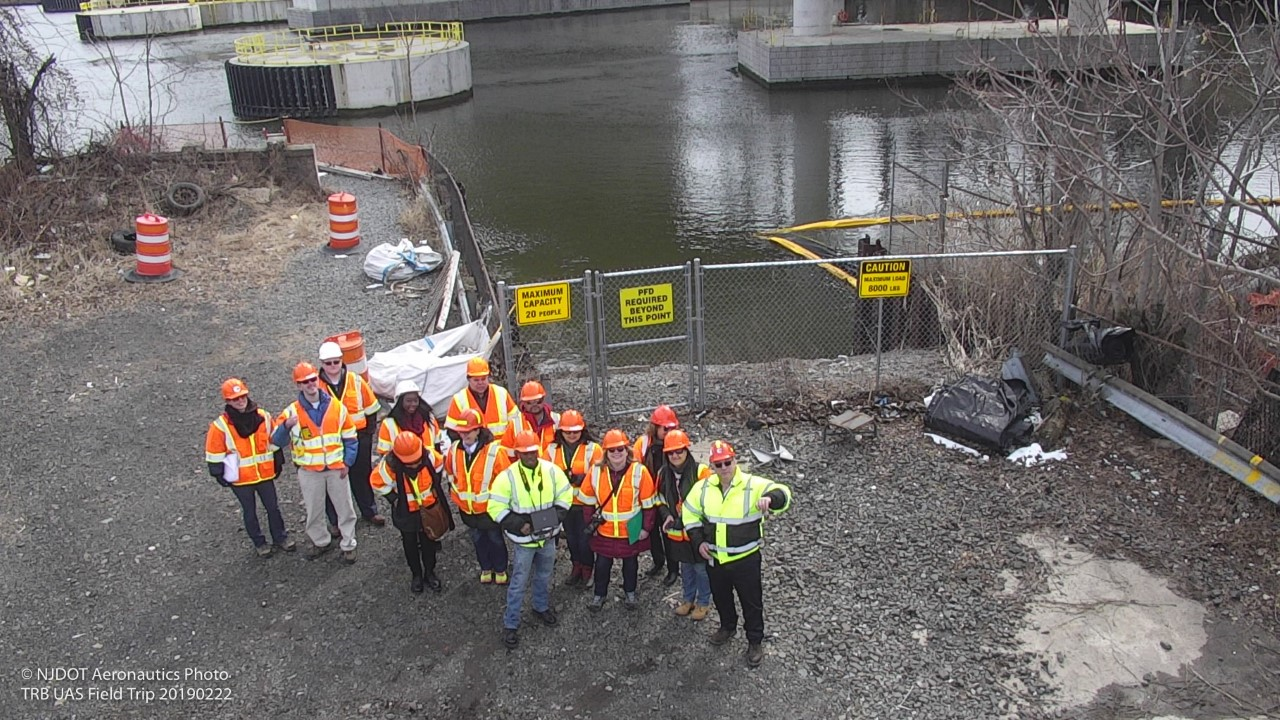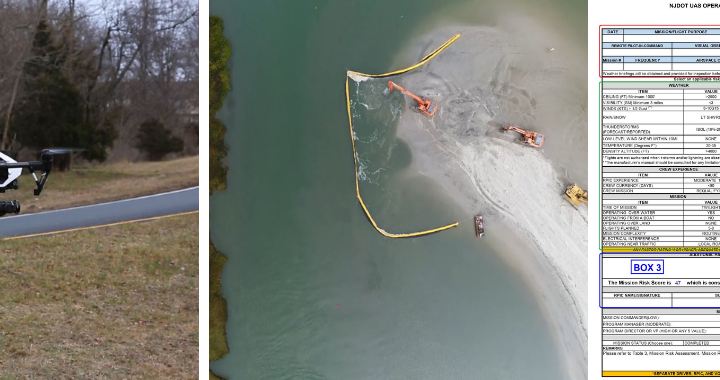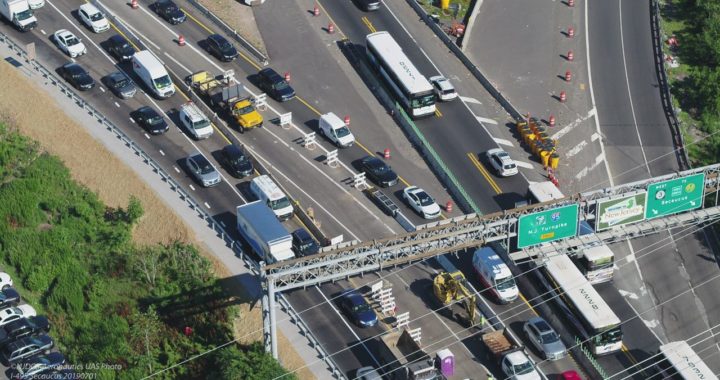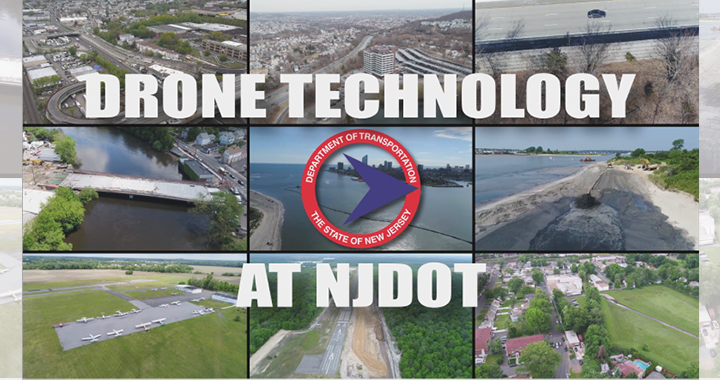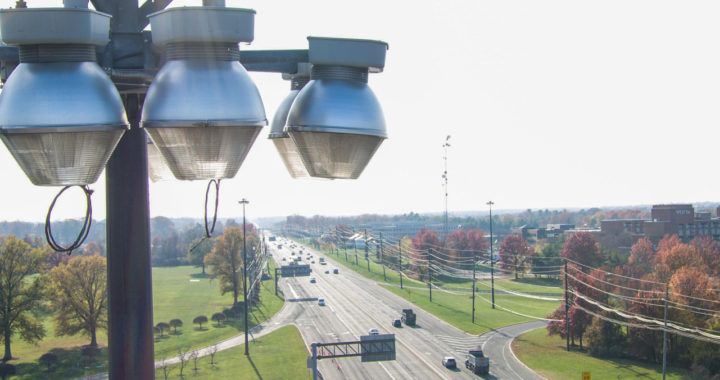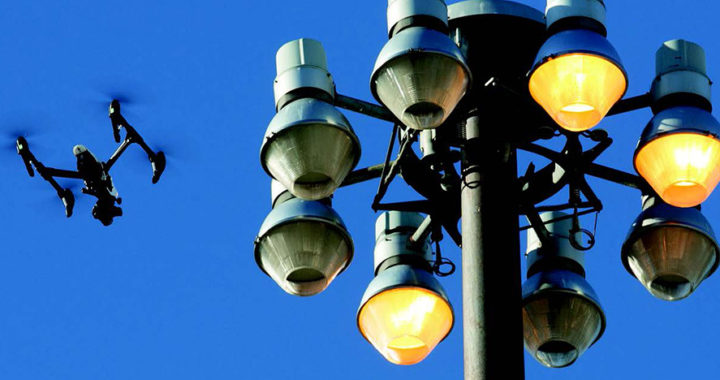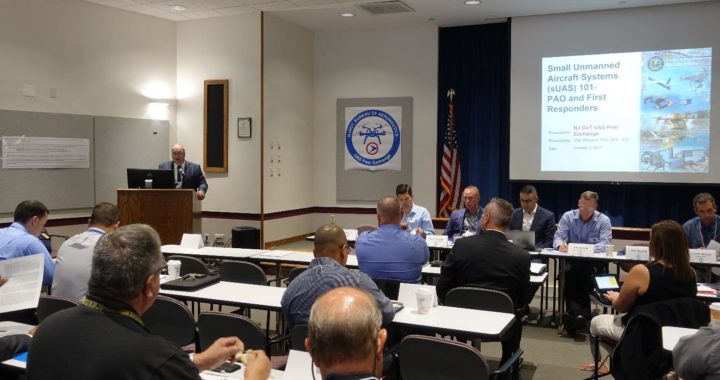What is Safe Transportation for Every Pedestrian (STEP)?
Pedestrians account for over 17.5 percent of all fatalities in motor vehicle traffic crashes, and the majority of these deaths occur at uncontrolled crossing locations (such as non-intersections) or at intersections with no traffic signal or STOP sign. Cost-effective countermeasures with known safety benefits can help reduce pedestrian fatalities in these scenarios.

FHWA promoted the following safety countermeasures through EDC-4 and EDC-5:
Road Diets can reduce vehicle speeds, limit the number of lanes pedestrians cross, and create space to add new pedestrian facilities.
Pedestrian Hybrid Beacons (PHBs) are a beneficial intermediate option between Rectangular Rapid Flash Beacons (RRFBs) and a full pedestrian signal. They provide positive stop control in areas without the high pedestrian traffic volumes that typically warrant signal installation.
Pedestrian Refuge Islands provide a safe place to stop at the midpoint of the roadway before crossing the remaining distance. This is particularly helpful for older pedestrians or others with limited mobility.
Raised Crosswalks can reduce vehicle speeds.
Crosswalk Visibility Enhancements, such as crosswalk lighting and enhanced signing and marking, help drivers detect pedestrians—particularly at night.
NJ's Progress Towards Institutionalizing STEP
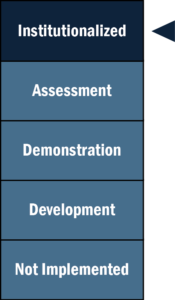
Stage of Innovation:
INSTITUTIONALIZED
(January 2021)
NJ's work on STEP began with EDC-4 and continued to progress during EDC-5:
Developed an Action Plan for Implementing Pedestrian Crossing Countermeasures at Uncontrolled Locations. For this collaborative effort, NJDOT and FHWA reviewed existing practice and policies impacting crossings and recommended actions for targeting specific safety countermeasures to help reduce the number and rate of pedestrian crashes, fatalities, and injuries on NJ highways.
Devised Recommendations Following STEP Guidance for Implementing Lower-Cost Countermeasures. The recommended countermeasures can be deployed based on specific needs, have a proven record of reducing crashes, and represent underutilized innovations that can have an immediate impact.
Developed NJ 2020 Strategic Highway Safety Plan. STEP strategies have been included in the 2020 NJ Strategic Highway Safety Plan update, completed in August 2020 and implementation efforts of proposed actions items are underway.
What's Next?
New Jersey has developed strategies in the 2020 Strategic Highway Safety Plan and will implement these strategies with the goal of eliminating all pedestrian and bicyclist fatalities and serious injuries on all public roads.
Click for the STEP Fact Sheet.
SAFE TRANSPORTATION FOR EVERY PEDESTRIAN (STEP): NEW & NOTEWORTHY


